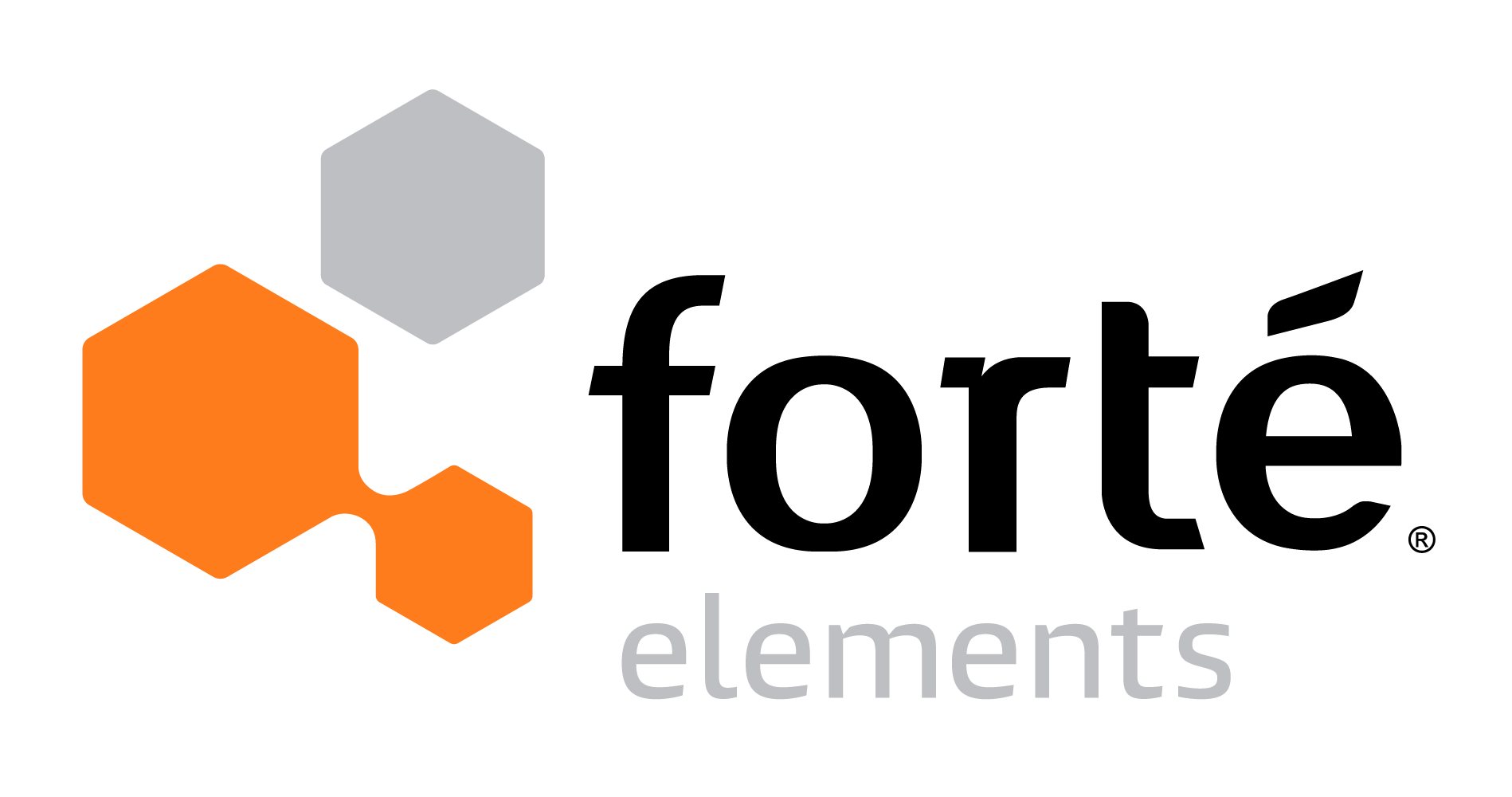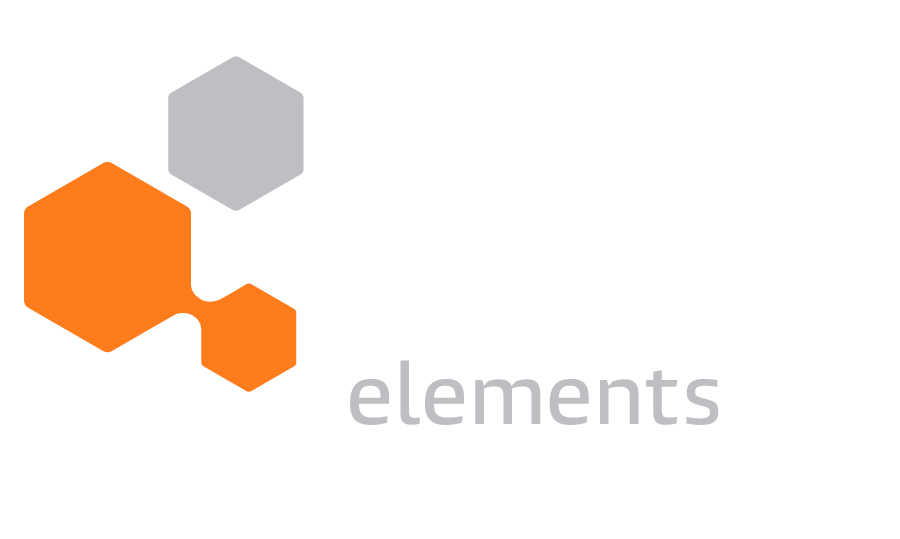Bone & Joint Health
5 Nutrition Essentials for Optimal Bone Health
When it comes to our health, we all know the basics. We should exercise to avoid heart problems, cut down on alcohol to keep our liver healthy, and stay away from fatty foods to reduce the risk of diabetes. But what about bone health? What do we do to keep our bones healthy?
Along with keeping your heart, liver, and lungs healthy, it’s equally important to remember your bone health. Your bones play an important role in our daily movement, function, and general well-being. After all, bones form the framework of our bodies.
So how do we keep our bones healthy? It’s much simpler than you think. Most of it comes down to nutrition. Making sure you get nutrients such as calcium, magnesium, and vitamin D into your daily diet will go a long way toward keeping your joints in top shape. Here are the 5 essential nutrients you should incorporate into your diet for optimal bone health.
Calcium
Any blog on bone and joint health wouldn’t be complete without mentioning calcium. Bone, which is a living tissue comprised primarily of calcium and collagen, is constantly regenerating1. Calcium is easily the most important part of this process.
A little-known fact is that bone development begins in infancy. In fact, it only continues until early adulthood. By then, your body has reached 90% of your peak bone mass2. By the age of 30, bones have reached their peak mass. Thereafter, they begin to lose both strength and density. Bone health is critical at an early age but more importantly, it’s just as vital to protecting bone health after it starts to decline.
Good sources of calcium: Dairy products like yogurt, cheese, broccoli, kale, fruit juices, and calcium-fortified cereals.
Vitamin D
Along with calcium, vitamin D is the second cornerstone of long-term bone health. Unfortunately, approximately 70% of children in the U.S. are deficient in vitamin D. There is a similar prevalence of vitamin D insufficiency among adults3.
The reasons for this deficiency are many, but part of the problem is that the list of foods that contain vitamin D is low. It includes things like
- egg yolks,
- salmon, and
- cod liver oil.
The main way the body gets Vitamin D is when the skin absorbs it from sunlight. Many people that live in colder or more temperate areas are usually vitamin D deficient.
Dietary supplements are often the best way to combat this problem. Supplements ensure that you get your daily recommended intake of vitamin D. As an added benefit, current research suggests that supplemental vitamin D is associated with decreases in mortality4,5,6.
Magnesium
While vitamin D and calcium are the first nutrients most people associate with bone health, other nutrients are just as important for our diet. Magnesium is an important contributor to bone health7. The recommended dietary allowance for magnesium is 320-420 milligrams per day. However, more than half of the U.S. population has insufficient magnesium consumption7. Foods rich in magnesium include dark leafy greens, nuts, seeds, and beans
Silicon
Silicon plays a role in the bone mineralization process and silicon deficiency is associated with poor skeletal development8,9. Foods rich in silicon include bananas, green beans, brown rice, oats, and seafood.
Vitamin K
A deficiency of vitamin K is associated with bone diseases like osteopenia and increased fracture risk9. Yet, supplements with vitamin K can help improve bone strength10.
Foods rich in vitamin K include
- leafy vegetables,
- Brussels sprouts,
- broccoli, and cabbage–many foods which we don’t get enough of!
So always be certain to look for dietary supplements that contain this important vitamin.
While optimum bone health can be met by eating a regular well-balanced diet, many of us still have a poor intake of at least one or two key nutrients. Supplements are a great way to help us make sure that we are giving our bones all the vitamins, minerals, and nutrients that they need to thrive.
Shop Forte Supplement Products
1- National Institute of Arthritis and Musculoskeletal and Skin Diseases. Health information: bone health overview. Available at http://www. niams.nih.gov/Health_Info/Bone/Bone_Health/default.asp.
2- National Institute of Arthritis and Musculoskeletal and Skin Diseases. Osteoporosis peak bone mass in women. Available at http://www. niams.nih.gov/Health_info/bone/Osteoporosis/bone_mass.asp.
3- Kumar J, et al. Prevalence and associations of 20-hydroxyvitamin D deficiency in US children: NHANES 2001-2004. Pediatrics 2009;124:e362.370.
4- Heany R. The vitamin D requirement in health and disease. J Steroid Biochem Mol Biol 2005;97:13-19.
5- Holick M, et al. Evaluation, treatment and prevention of vitamin D deficiency: an endocrine society clinical practice guideline. J Clin Endocrinol Metab 2011;96(7):1911-1930.
6- Bordelon P, Ghetu MV, Langan R. Recognition and management of vitamin D deficiency.
7- Vormann J. Magnesium: nutrition and metabolism. Mol Aspects Med 2003;24(1-3):27-37.
8- Carlisle EM. Silicon; a requirement in bone formation independent of vitamin D1. Calcif Tissue Int 1981;33:27-34.
9- Nielsen F, Sandstead HH. Are nickel, vanadium, silicon, uorine and tin essential for man? A review. Am J Clin Nutr 1974;27(5):515-520.
10- Bügel S. Vitamin and bone health in adult humans. In: Litwack G, Ed. Vitamins and Hormones: Vitamin K. London: Elsevier 2008; pp 393-416.


